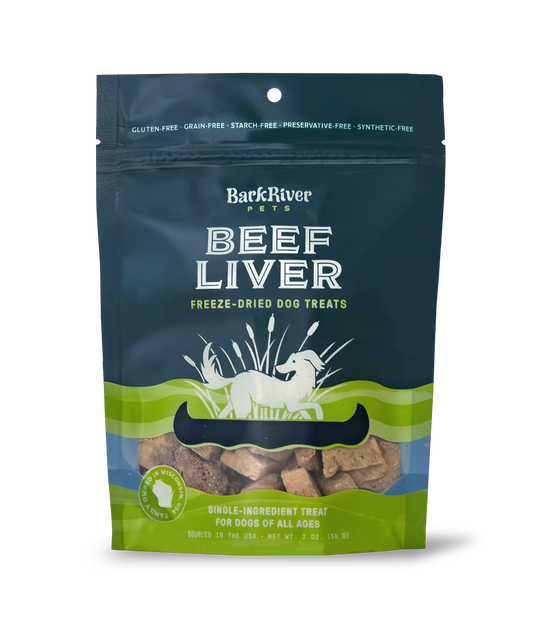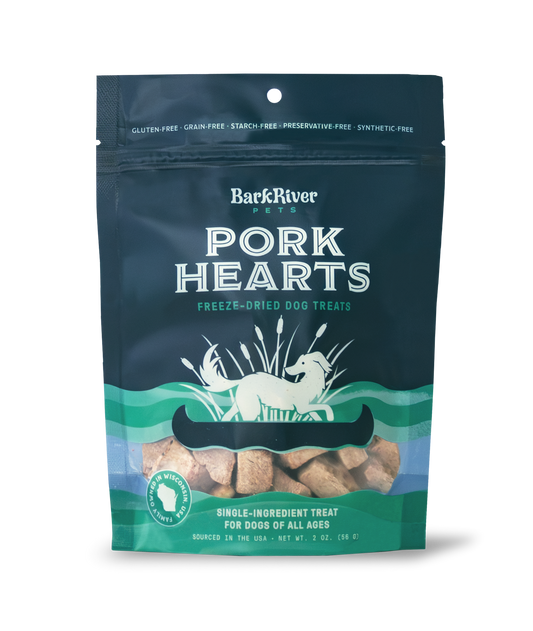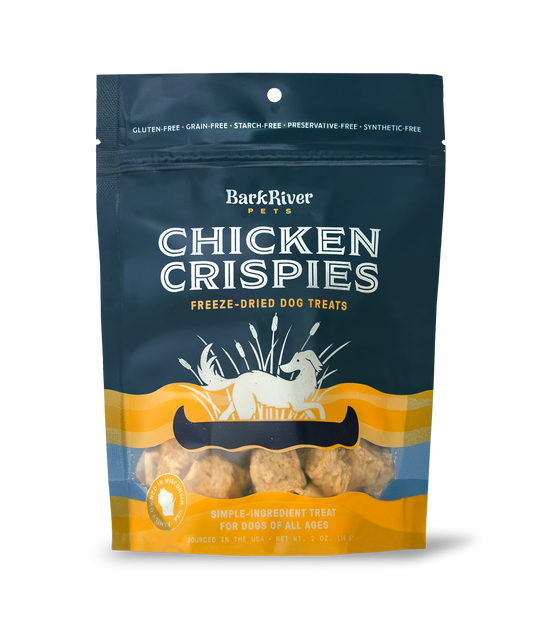Creating a pet-friendly backyard is more than just a space for play; it's about ensuring a safe environment where our furry friends can explore without harm. While adding vibrant flower beds and lush greenery can enhance the beauty of your outdoor space, it's crucial to be aware of the potential dangers that certain plants pose to pets. Here, we'll guide you through identifying and avoiding toxic plants, and we'll suggest safe alternatives to keep your garden both beautiful and safe for your beloved pets.
Common Toxic Plants to Avoid
Many common garden plants can be hazardous to pets, causing anything from mild irritation to severe health issues. Based on information from the American Society for the Prevention of Cruelty to Animals (ASPCA), here are some plants you should keep out of your pet-friendly garden:
- Lilies: Especially dangerous to cats, even small ingestions can cause severe kidney damage.
- Sago Palm: All parts of this plant are toxic, but the seeds are the most dangerous, leading to vomiting, liver failure, and potentially death.
- Oleander: Highly toxic to both dogs and cats, ingestion can cause severe cardiac issues.
- Tulips: The bulbs are particularly toxic, causing oral irritation, drooling, and gastrointestinal upset.
- Azaleas: Ingesting even a few leaves can lead to vomiting, diarrhea, and in severe cases, a drop in blood pressure or coma.
For a comprehensive list of toxic and non-toxic plants, visit the ASPCA's Guide.
Lavender and Lemongrass: A Closer Look
While some plants are dangerous, others, like lavender and lemongrass, can be beneficial too. Here's what you need to know if you decide to add these plants to your garden:
- Lavender: Although beautiful and aromatic, lavender can be mildly toxic to pets if consumed in large quantities. It typically causes nausea and vomiting. It's best to plant lavender where pets can't reach it or monitor your pets around these plants.
- Lemongrass: This plant is often confused with the safe "lemon balm." Lemongrass can cause stomach upset and other digestive issues in pets. Keep lemongrass out of reach, or opt for lemon balm as a safer alternative.
Safe Plant Alternatives
To create a lush, pet-safe garden, consider these non-toxic options:
- Roses: While thorns can pose a physical hazard, the plant itself is non-toxic to pets.
- Snapdragons: These vibrant flowers are safe for pets and add color and texture to your garden.
- Petunias: A safe choice that comes in a variety of colors, perfect for brightening up any space.
- Camellias: These beautiful shrubs are safe for pets and offer stunning blooms in a range of colors.
Creating a pet-safe garden requires careful selection and placement of plants. By avoiding toxic varieties and opting for safe alternatives, you can create a backyard oasis that is both beautiful and secure for your furry family members. Always consult the ASPCA's comprehensive guide or speak to a veterinarian when in doubt about plant safety. Your pets' health and happiness are worth the extra effort!
Keep visiting our Bark River Pets blog for more tips on creating a pet-friendly outdoor space.
Happy Tails, Happy Trails!





